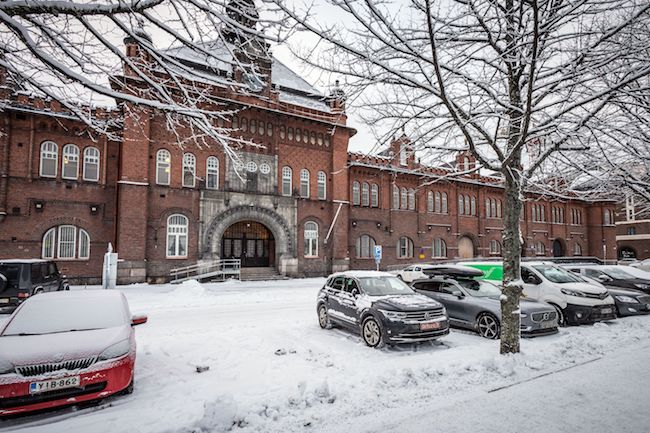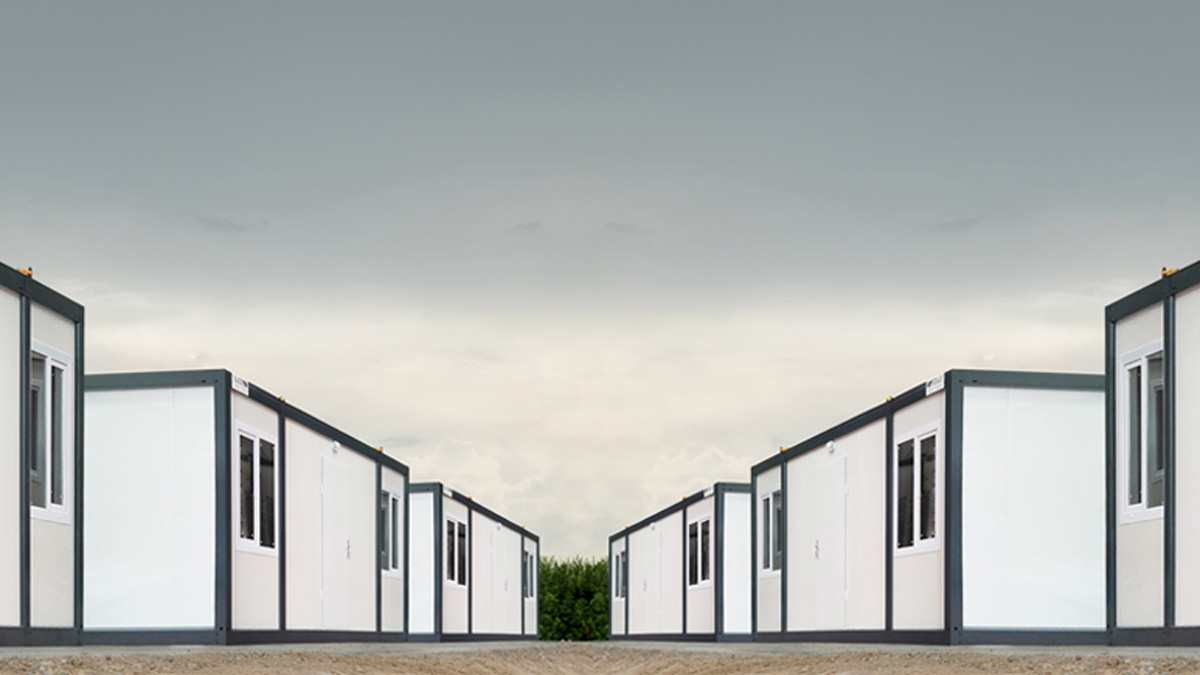Last Updated on: 28th February 2024, 01:34 pm
So, you’ve sorted your skip hire in Folkestone from your local provider, they’ve dropped it off at your chosen location, and now it’s loading time.
It can be hard to know where to start sometimes, especially when considering safety regulations about what you can and can’t load.
Knowing how to load your skip correctly can save you time and money, whilst keeping you safe – so let us help you with these 10 tips for loading a skip safely.
1. Choose the right skip size
Making sure you have the right skip size is the first step towards a safe loading.
If you get a skip that’s too big, then you’re at risk of unstable loads, whilst an undersized skip might overflow or go above the restricted weight.
Before you hire your skip, talk to your provider about the volume and type of waste you need to dispose of, and they can help you choose the right size for your needs.
2. Organise your waste
Before your skip arrives, it’s a good idea to sort your waste into categories to streamline the loading process and make it even easier and quicker for you to fill up your skip.
Make sure you’re practising responsible waste management by separating your recyclables and general waste.
3. Avoid overloading
While it may be tempting to fill your skip to the brim, it’s safer to avoid doing so, even if you think there’s more room.
To prevent overloading, stick to the skip’s recommended fill level guidelines, making sure materials don’t stick out over the top or hang out the sides.
An overloaded skip poses risks during transportation and could lead to extra charges.
4. Distribute weight evenly
You can distribute the weight evenly by loading heavy items and materials at the bottom of the skip, saving lighter items for the top.
This ensures a balanced load, reducing the risk of the skip tipping over or becoming unsteady.
5. Break down bulky items
Large or bulky items can take up a significant amount of space and create an uneven load.
If you disassemble or break down items like furniture or appliances before putting them in the skip, this will optimise space, as well as prevent potential hazards during loading and transportation.
6. Mind the weight limits
Each individual skip will have weight limits specified by the skip provider.
While loading, be mindful of these limits and refrain from exceeding them to prevent harm to the skip and potential safety concerns.
If you know you have heavy materials, you could consider skip hire in Folkestone and using skips with a higher weight capacity.
7. Do not dispose of hazardous materials
There are certain items that are considered hazardous materials and should not be placed into a public or private skip.
Items like chemicals, paints, asbestos, or electrical appliances are classified as hazardous waste and should not be placed in a skip.
If you have these materials, check with your local authorities or waste management provider for proper disposal methods.
8. Cover your skip at night
Unattended skips in public areas can sometimes attract attention, resulting in unwanted waste being put in by the public and potential safety risks.
If your skip is not loaded up in a single day and you have to keep it overnight, cover it securely to prevent unauthorised access and ensure safety.
9. Use a ramp for heavy items
When dealing with exceptionally heavy items, use a ramp to ease the loading process.
This minimises the risk of injuries and ensures a smoother operation, especially when disposing of items like concrete, soil, or construction debris.
10. Secure loose materials
You can prevent materials from flying out during transportation by securing the skip’s contents with a tarp or net.
This is particularly important when transporting waste on open vehicles, minimising the risk of debris falling onto the road.
———
Are you looking for a reliable skip hire in Folkestone? Knowing how to load your skip safely and efficiently is the best way to get the most out of your skip hire – hire a skip and start your project today!






